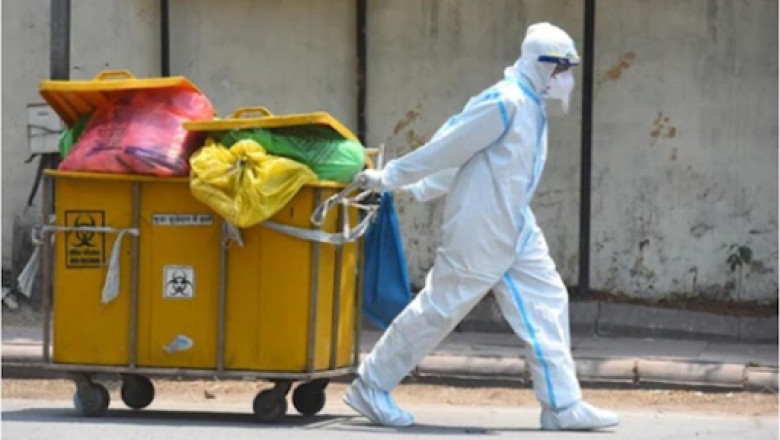views
Hospitals and clinics generate a variety of waste that can pose serious risks to human health and the environment if not properly handled and disposed of. From used syringes to contaminated bandages and chemical waste, biomedical waste comes in various forms, each requiring specific disposal methods to ensure safety. Mismanagement of this waste can lead to infections, contamination, and even outbreaks of diseases. Therefore, adhering to best practices in biomedical waste management is essential to minimize these risks.
Effective biomedical waste management not only ensures compliance with health and environmental regulations but also promotes sustainability. In this blog, we will explore the best practices hospitals and clinics can adopt to manage biomedical waste efficiently and responsibly. These best practices not only help prevent health hazards but also contribute to creating safer healthcare environments for patients, staff, and the community at large.
What is Biomedical Waste?
Biomedical waste refers to any waste generated during the diagnosis, treatment, or immunization of humans or animals. It includes a wide range of materials that could be potentially harmful, such as:
-
Sharps: Syringes, needles, scalpels, and other sharp objects.
-
Infectious waste: Bandages, dressings, gloves, and other materials contaminated with blood or bodily fluids.
-
Pharmaceutical waste: Expired or unused medicines.
-
Chemical waste: Discarded chemicals used in medical treatments, such as disinfectants or solvents.
-
Pathological waste: Body parts, tissues, or fluids that are discarded after medical procedures.
Properly managing these types of waste is critical to ensuring safety and preventing potential health hazards.
Best Practices for Biomedical Waste Management
1. Proper Segregation of Waste
One of the first and most important steps in effective biomedical waste management is the proper segregation of waste at the point of generation. Hospitals and clinics must have clearly defined categories for biomedical waste. Segregation should occur immediately after the waste is produced, ensuring that different types of waste are placed in designated containers.
-
Yellow containers: Used for infectious waste, such as bandages and blood-soaked materials.
-
Red containers: For items that need to be sterilized, such as used surgical instruments.
-
Blue or white containers: For non-contaminated waste like paper or packaging.
-
Black containers: For general non-hazardous waste.
Proper segregation reduces the risk of cross-contamination and makes waste disposal more efficient.
2. Use of Proper Containers and Labels
Once waste is segregated, it should be placed in the appropriate containers. The containers must be puncture-proof, leak-proof, and labeled with clear indications of the type of waste contained inside. Using color-coded containers with clear labeling ensures that hospital staff and waste handlers can easily identify the type of waste, reducing the risk of mishandling.
Additionally, sharps containers should be puncture-resistant and tightly sealed to prevent accidents and contamination.
3. Safe Storage and Handling
Biomedical waste should not remain in the waste disposal area for extended periods. It is essential to store the waste in designated, secure areas that are separated from areas where food or drink are prepared. These areas must be cool, dry, and well-ventilated to reduce the risk of bacterial growth.
Handling biomedical waste should be done by trained personnel using appropriate personal protective equipment (PPE), such as gloves, masks, and aprons. This minimizes the risk of exposure to hazardous substances.
4. Transportation of Biomedical Waste
Safe transportation is critical to minimizing exposure to biomedical waste. Transporting waste from one area of the hospital to the disposal facility should be done in leak-proof, securely closed containers. The movement of waste should be done only by authorized personnel who have received proper training.
A designated waste disposal team should be in charge of moving waste to ensure that proper procedures are followed and no contamination occurs during the transfer.
Conclusion
Biomedical waste management is an essential part of maintaining a safe and healthy healthcare environment. Proper segregation, sharps pickup, storage, handling, and disposal of biomedical waste not only protect healthcare workers, patients, and the community from harmful pathogens but also ensure compliance with regulations and contribute to sustainability.














Comments
0 comment